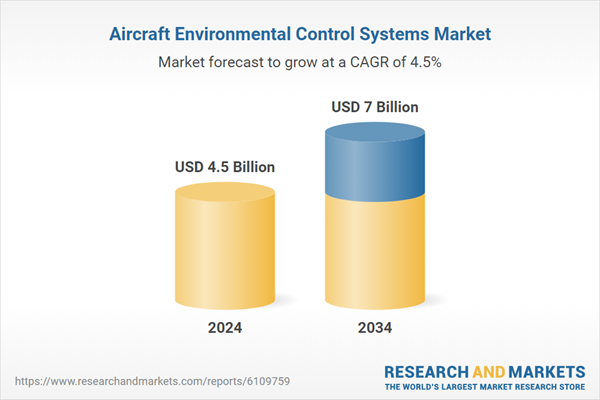Technological innovation in ECS is revolutionizing the industry by transitioning from traditional bleed-air systems to lighter, more energy-efficient electric architectures. Modern ECS designs utilize electrically driven air cycle machines and integrated heat pumps that reduce maintenance costs while enhancing temperature control. Additionally, cutting-edge filtration systems equipped with high-efficiency particulate filters improve air purity without adding significant weight. Real-time monitoring and predictive maintenance solutions are further enhancing system reliability. Leading R&D initiatives are exploring electric technologies for ECS components, positioning the industry for integration into next-generation hybrid-electric and all-electric aircraft.
The fixed-wing platforms segment captured an 89.41% share in 2024, driven by rising deliveries of commercial aircraft, business jets, and defense transport planes. These aircraft demand high-performance environmental control systems capable of managing larger electrical and thermal loads due to increasingly complex onboard electronics and systems. The growing integration of power-hungry avionics, cabin pressurization modules, and modern passenger entertainment technologies continues to fuel ECS upgrades across new-generation fixed-wing aircraft fleets. As air travel scales globally, airlines and defense forces are investing in platforms that not only maximize operational range but also ensure superior environmental management for both passengers and onboard systems.
The cabin comfort and air quality systems segment accounted for 41.61% share in 2024, underscoring a strong industry shift toward prioritizing passenger health and satisfaction. Airlines now compete not only on routes or pricing but also on onboard, making ECS a key factor in long-haul fleet strategies. Advancements in system precision allow for finer control of air temperature, humidity levels, and contaminant removal, addressing health concerns and comfort expectations. These systems now utilize advanced filtration technologies and smart sensors to optimize airflow in real-time, ensuring a healthier and more pleasant cabin environment from takeoff to landing.
Germany Aircraft Environmental Control Systems Market is projected to grow at a CAGR of 4% through 2034, supported by national efforts to transition toward low-emission aviation technologies. Government and industry collaborations are accelerating the research and adoption of hydrogen-electric and hybrid propulsion systems, which in turn demand next-gen ECS solutions tailored to operate efficiently under different thermal profiles. As aerospace manufacturers in Germany intensify their focus on sustainable aviation platforms, ECS systems must be reengineered to manage complex cabin climate needs while maintaining energy efficiency and operational reliability within alternative propulsion ecosystems.
Prominent players in the Aircraft Environmental Control Systems Market include Triumph Group, Honeywell International Inc., Collins Aerospace, Liebherr, Safran S.A. Key strategies companies are using to strengthen their position in the ECS market include investing in R&D to develop next-gen electric ECS architectures and lightweight filtration systems, forming strategic partnerships with aircraft OEMs to integrate solutions into new and retrofitted aircraft, and pursuing digital innovation through real-time monitoring and predictive maintenance platforms. Manufacturers are also expanding global service networks to support airlines worldwide and collaborating with clean aviation initiatives to align with sustainability goals. These combined moves enhance product offerings, improve system dependability, and secure long-term contracts with both commercial and military customers.
Comprehensive Market Analysis and Forecast
- Industry trends, key growth drivers, challenges, future opportunities, and regulatory landscape
- Competitive landscape with Porter’s Five Forces and PESTEL analysis
- Market size, segmentation, and regional forecasts
- In-depth company profiles, business strategies, financial insights, and SWOT analysis
This product will be delivered within 2-4 business days.
Table of Contents
Companies Mentioned
- AMETEK- Inc.
- Astronics Corporation
- Collins Aerospace
- ERG Aerospace
- Honeywell International Inc.
- Liebherr
- Omni Aerospace Inc.
- PBS AEROSPACE
- Safran S.A.
- Signia Aerospace
- TAT Technologies Ltd.
- Triumph Group
Table Information
| Report Attribute | Details |
|---|---|
| No. of Pages | 190 |
| Published | June 2025 |
| Forecast Period | 2024 - 2034 |
| Estimated Market Value ( USD | $ 4.5 Billion |
| Forecasted Market Value ( USD | $ 7 Billion |
| Compound Annual Growth Rate | 4.5% |
| Regions Covered | Global |
| No. of Companies Mentioned | 12 |









